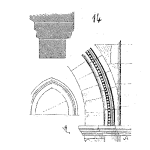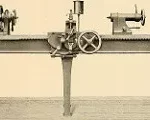
A short introduction to accelerated life testing or ALT. It is a method used to enhance product reliability by subjecting prototypes to stress levels significantly higher than those encountered in actual use. The idea is to rapidly induce failures which is equivalent to speeding up time.
[Read more…]











 Ask a question or send along a comment.
Please login to view and use the contact form.
Ask a question or send along a comment.
Please login to view and use the contact form.